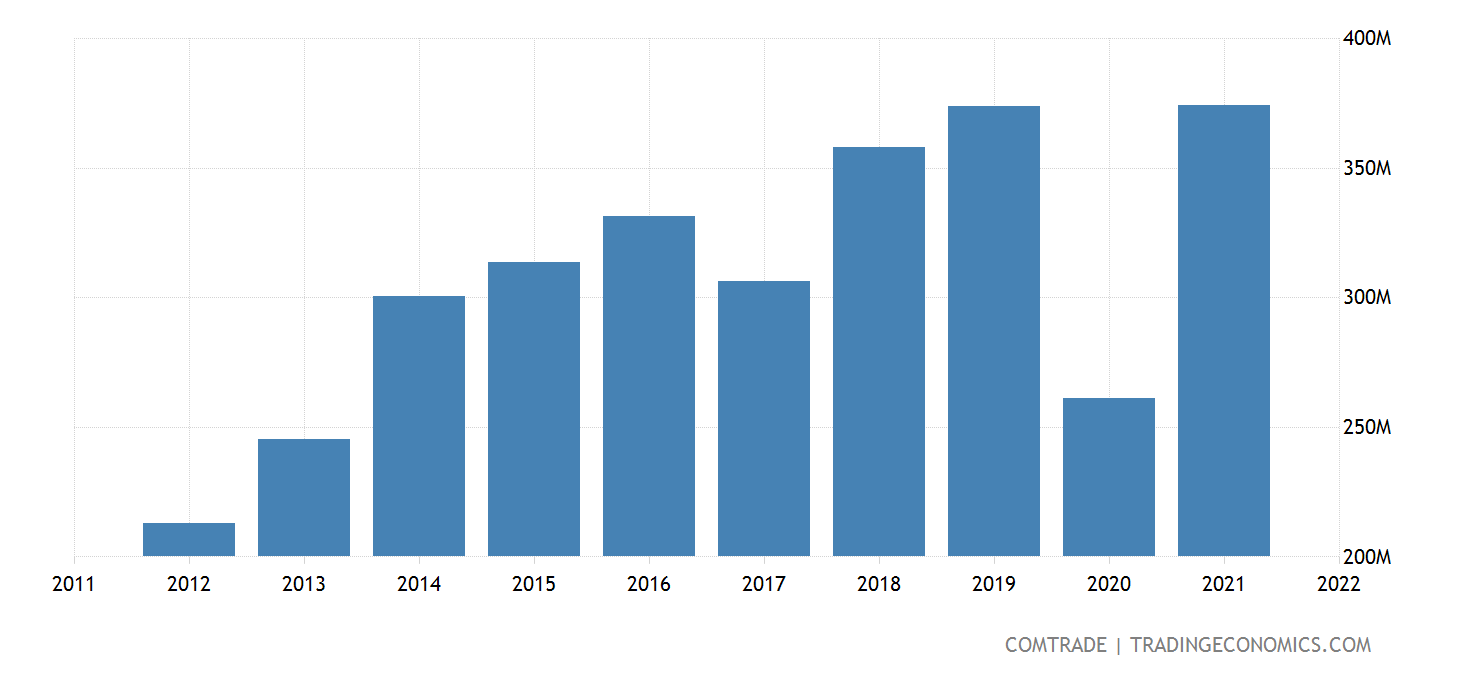Aluminum foil belongs to aluminum metal processing products, and its industrial chain is similar to that of aluminum materials, and the industry is greatly affected by upstream raw materials. From the perspective of production and market conditions, China is the largest producer of aluminum foil, accounting for more than 60% of the world’s output, but China’s domestic aluminum foil consumption is seriously out of balance with production, resulting in China’s serious overcapacity and over-reliance on exports. For some time to come, this situation will still be difficult to break.
Aluminum foil is a hot stamping material that is directly rolled from metal aluminum into thin sheets. Its hot stamping effect is similar to that of pure silver foil, so it is also called fake silver foil. Because of its excellent characteristics, aluminum foil is widely used in food, beverages, cigarettes, medicines, photographic plates, household daily necessities, etc., and is usually used as its packaging material; electrolytic capacitor material; thermal insulation material for buildings, vehicles, ships, houses, etc.; it can also As decorative gold and silver thread, wallpaper and various stationery prints and decoration trademarks of light industrial products, etc.
Panorama of aluminum foil industry chain: based on aluminum metallurgy chain
The aluminum foil industry chain can be divided into upstream raw material supply industry, midstream aluminum foil manufacturing industry, and downstream demand industries. The specific process of aluminum foil is: convert bauxite into alumina by Bayer method or sintering method, and then use alumina as raw material to produce primary aluminum by high-temperature molten salt electrolysis process. After adding alloying elements, electrolytic aluminum is processed into aluminum foil by extrusion and rolling, which is widely used in packaging, air conditioning, electronics and other fields.
According to the main application of aluminum foil, aluminum foil companies can be divided into aluminum foil manufacturers for air conditioners, aluminum foil manufacturers for packaging, electronic/electrode foil manufacturers, and aluminum foil manufacturers for architectural decoration.
1) Upstream market of China’s aluminum foil industry chain: aluminum raw materials determine the cost of aluminum foil
The upstream raw materials of aluminum foil are mainly primary aluminum ingots and aluminum billets, that is, high-purity electrolytic aluminum and recycled high-purity aluminum. From the perspective of the average cost composition of aluminum foil, 70%-75% of the production cost of unit aluminum foil comes from raw materials.
If the aluminum price fluctuates violently in a short period of time, the fluctuation range of the sales price of aluminum foil products may increase, which will affect the company’s profit and profitability, and may even lead to losses.
From the perspective of upstream raw material supply, according to data from the Nonferrous Metals Industry Association, from 2011 to 2020, the output of China’s electrolytic aluminum showed an overall growth trend, of which the output in 2019 decreased to a certain extent. In 2020, China’s electrolytic aluminum production is about 37.08 million tons, a year-on-year increase of 5.6%.
From 2011 to 2020, China’s secondary aluminum output showed an increasing trend. In 2019, China’s secondary aluminum output was about 7.17 million tons, an increase of 3.17% over the previous year. With the continuous favorable national policies, China’s secondary aluminum industry has developed rapidly, and the output in 2020 will exceed 7.24 million tons.
From the perspective of changes in the price of electrolytic aluminum, since November 2015, the price of electrolytic aluminum in the country continued to rise from a low level, reached its peak in November 2018, and then began to decline. In the second half of 2020, the price of electrolytic aluminum bottomed out and the decline in efficiency narrowed. The main reason is that since the middle of 2020, with the economic recovery, the demand side has risen abnormally, resulting in a mismatch between supply and demand in the short and medium term, and the profit of electrolytic aluminum has begun to rise rapidly.
From the perspective of the price of recycled aluminum, taking recycled aluminum ACC12 as an example, the price of ACC12 in China from 2014 to 2020 showed a trend of fluctuations. .
2) Midstream market of China’s aluminum foil industry chain: China’s aluminum foil production accounts for more than 60% of the world’s total
China’s aluminum foil industry has continued to develop rapidly in recent years, with rapid growth in industrial scale, continuous improvement of equipment level, increasing technological innovation, continuous improvement of product quality, highly active international trade, and continuous emergence of leading enterprises. Overall, China’s aluminum foil industry is still in an important period of opportunity for development.
From 2016 to 2020, China’s aluminum foil production showed a steady growth trend, and the growth rate was generally 4%-5%. In 2020, China’s aluminum foil production was 4.15 million tons, a year-on-year increase of 3.75%. According to the disclosure of the China Nonferrous Metals Processing Industry Association at the China Aluminum Foil Industry Development Summit Forum, China’s current aluminum foil production output accounts for almost 60%-65% of the global aluminum foil industry.
Due to the different application scenarios of aluminum foil, many companies have chosen different aluminum foil sub-products to formulate their own production plans, so that a number of representative companies have appeared in each aluminum foil product segment.
According to data released by the China Nonferrous Metals Processing Industry Association, the total output of China’s aluminum foil in 2020 will be 4.15 million tons, of which aluminum foil for packaging accounts for the largest proportion, accounting for 51.81%, accounting for 2.15 million tons; followed by air-conditioning foil, accounting for 2.15 million tons 22.89%, 950,000 tons; electronic foil and battery foil accounted for a lower proportion, accounting for 2.41% and 1.69%, respectively, 100,000 tons and 70,000 tons.
Post time: Jun-14-2022

